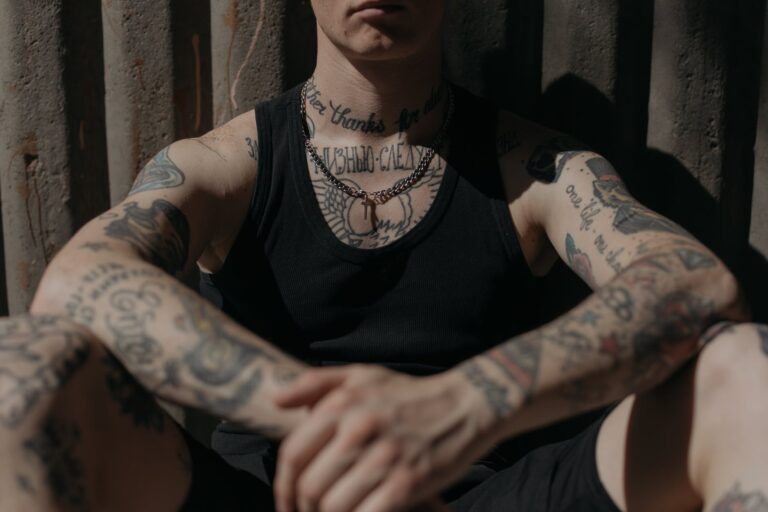Tattooing is an ancient art that many tribes around the world have practiced. Today, it has become a modern art form thanks to the invention of electronic machines and modern inks.
Historically, tattoos have been used as self-expression and body decoration. They have also been used as a source of pride and social status at the tribal and personal levels.
Origins
Tattooing is a practice that has a long and fascinating history. It has been used in cultures worldwide to express their beliefs, history, and culture.
It is thought that some of the earliest evidence of tattooing is on mummified remains from ancient Egypt. Other evidence comes from China, Sudan, Greenland, Russia, and the Philippines.
During ancient times, tattooing was used as a form of punishment or a rite of passage for girls and women. It was also a way for people to show their allegiance to a group or to be recognized.
The word ‘tattoo’ originated from the Tahitian word ‘tatu,’ meaning to mark or mark something. It was first brought to the West in 1771 when Captain Cook went to Polynesia and got back a heavily tattooed Polynesian man called Omai.
Trends
The evolution of tattooing continues, with new trends always coming out. As a tattoo artist, keeping up with these trends is essential to create the best work possible for your clients.
One trend that’s been around for a while is the fine line or thin line tattoo, which uses delicate lines to create intricate designs. They are becoming increasingly popular among younger people as they’re a subtle and discreet option compared to traditional tattoos.
This trend is also a great way to showcase your artistic talent and skills, as you can use these tiny lines to create a unique, eye-catching, edgy design.
Meanings
Tattooing is a form of body art that involves marking the skin with ink. It can be done in many ways and with different purposes.
The word tattoo is derived from the Polynesian words tau-tau (to mark something) and tatau (to tap). It was practiced by many tribes worldwide and has evolved into the modern style we know today.
Tribal tattoos are typically characterized by symbolism that reflects the ideology of the people who practiced them. They were used as a way to identify, as well as an expression of strength, masculinity, and loyalty.
Tribal tattoo designs have been used by tribes throughout the history of humanity and across all cultures. They are often based on religious, cultural, or spiritual beliefs. They are also used for protection and healing or to enhance fertility. Some people also get tattoos to indicate a specific medical condition or treatment. For example, a tattoo may mark the area where radiation therapy will be applied for cancer patients.
Styles
Tattooing has a long, rich history. From therapeutic healing markings to symbols that denoted tribes, humans have been tattooing for millennia.
Our ancestors used tribal designs, lines, dots, and abstract shapes to delineate social status, family lineage, religious beliefs, and philosophies. They were also a way to mark rites of passage, significant life accomplishments, and personal achievements.
Many contemporary tattoo artists borrow from tribal styles. Today’s tribal tattoos feature simple yet bold line work and designs borrowed from Polynesian tribes.
Traditionally, the upper arm and neck are popular body placements for these types of tattoos. However, depending on the symbolismof each design, you can choose other areas as well.
One of the most popular styles, blackwork combines geometric shapes and bold linework to create intricate patterns and designs. The contrast, shading, and 3D lines make this style challenging to master.
Another trend that’s become popular this year is the negative space or dot work tattoo, which involves drawing thousands of tiny dots to create a unique design. This intricate style requires a lot of skill and accuracy, so seek a reputable tattoo artist who can give you the best results.



